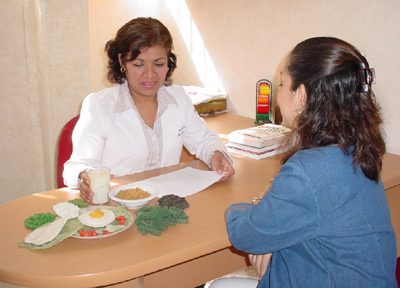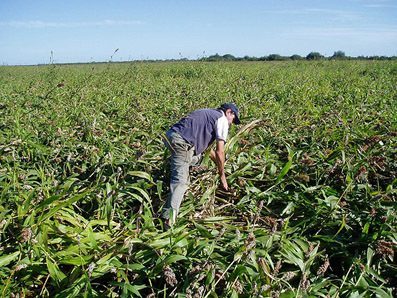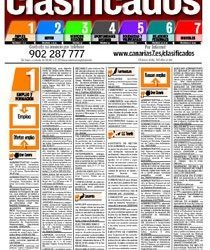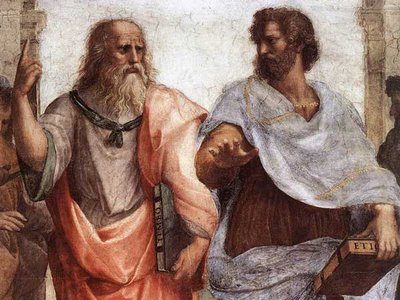 During the Middle Ages, the socio-economic system known as feudalism developed in much of Western Europe. The most basic unit of its composition was therefore the fiefdom: a portion of land from which social and power relations were organized and established between two parties in imbalance (the nobles or upper sectors of society and the peasants or mass worker).
During the Middle Ages, the socio-economic system known as feudalism developed in much of Western Europe. The most basic unit of its composition was therefore the fiefdom: a portion of land from which social and power relations were organized and established between two parties in imbalance (the nobles or upper sectors of society and the peasants or mass worker).
The fief always consisted of a portion of land that was the possession of a nobleman and that was given to a peasant, day laborer or servant to be worked. However, this delivery was not free and therefore whoever had the possibility of accessing the land to work it had to return the favor to its owner through the delivery of a part of their harvest, personal services or assistance. as part of the noble's personal army in the event of a war. This relationship of dependence between one party and the other is known as vassalage since the individual who came under the dominion of the nobleman was called a vassal.
The space known as a fiefdom could be very varied from one case to another, that is to say that there was no established size, but rather that what characterized a fiefdom was the possibility of self-sufficiency. In each portion of land it should be possible to carry out different types of agricultural tasks that would serve for the internal consumption of its inhabitants, a situation that was especially deepened after the closure of commercial activities that took place during the medieval period. A fiefdom could also be closely related to wild nature such as forests, rivers or streams, sources of coal or firewood, and other resources that could be used for production and consumption.
Normally, the nobleman who handed over fiefdoms to his vassals always kept a greater or lesser portion of his total lands for personal use. These lands were worked by serfs and all the production that resulted from them was to be delivered to the feudal lord or nobleman.









